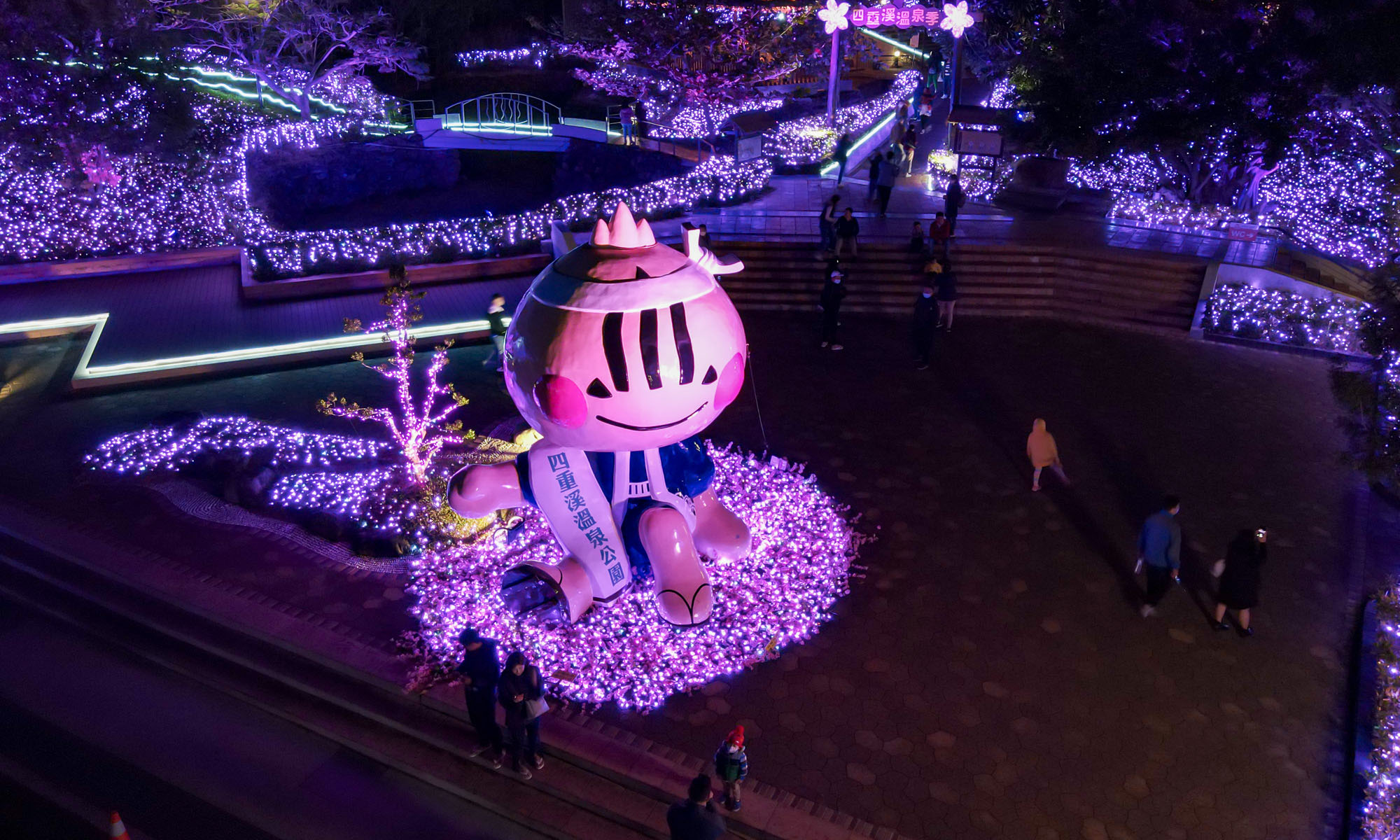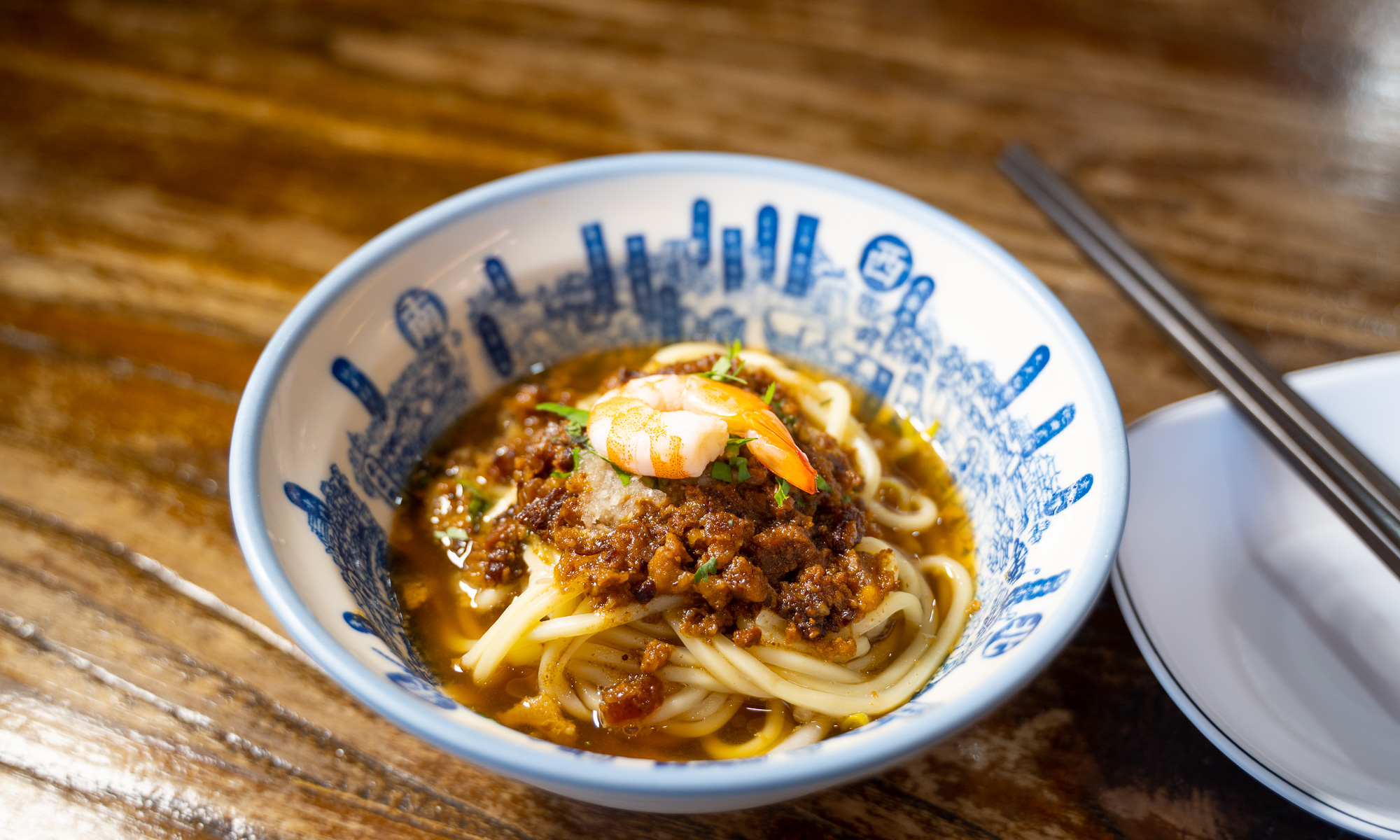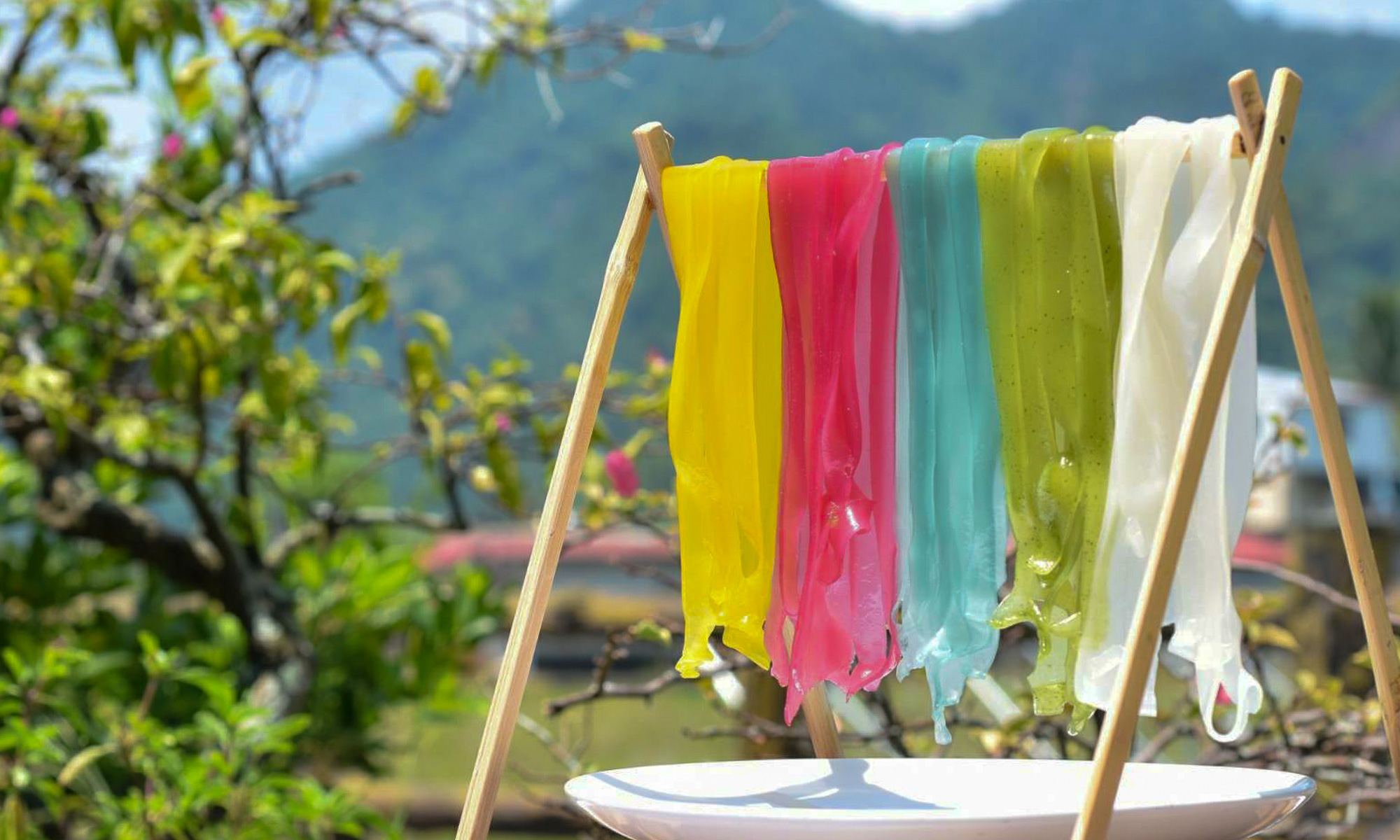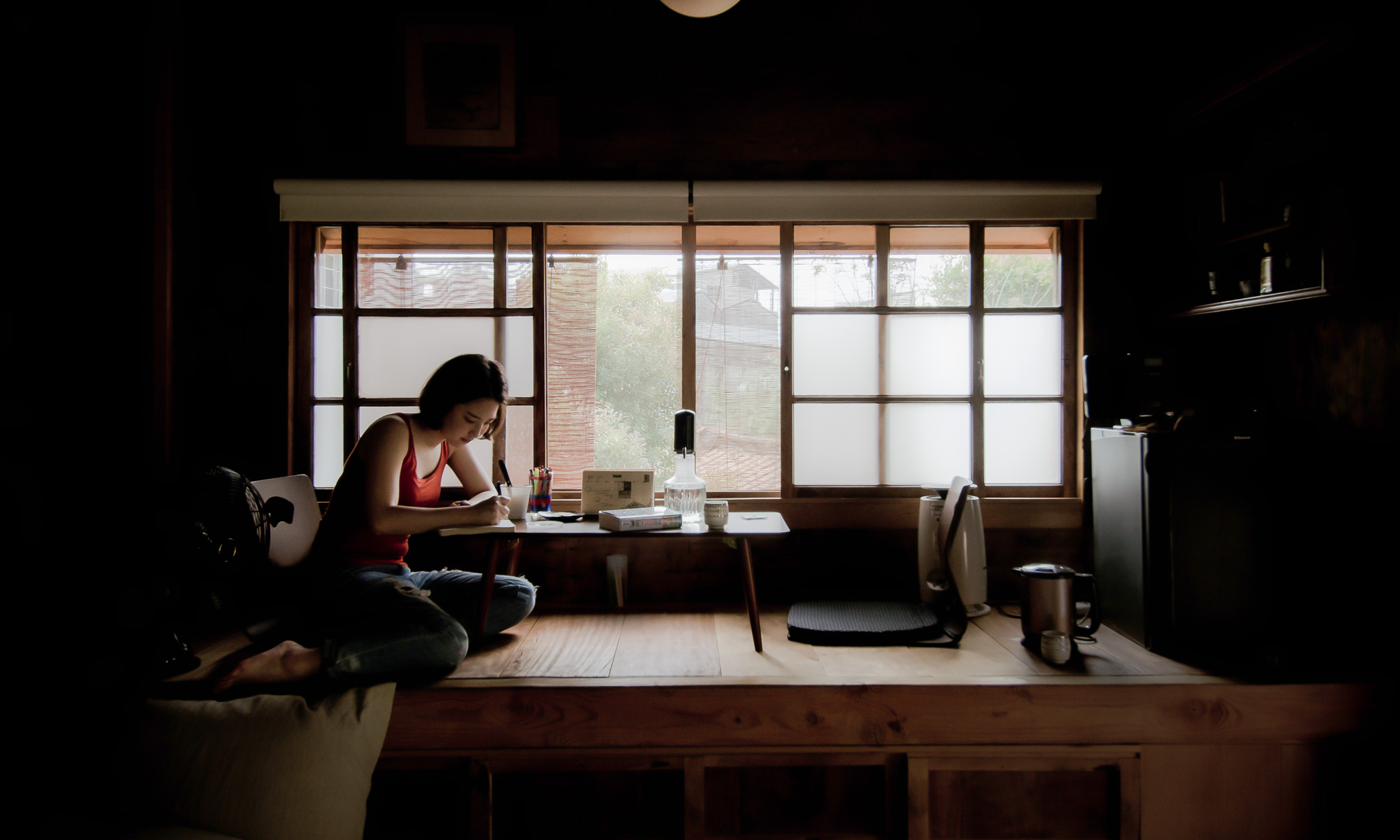SICHONG RIVER HOT SPRING
Sichong River Hot Spring is the southernmost developed hot spring in Taiwan. Located in Pingtung’s Checheng Township, it is just a short drive from Kenting National Park. The odorless hot spring is known as “the spring of beauties” for the numerous health benefits its sodium-bicarbonate-rich water provides. Besides leaving the skin feeling silky, other benefits include improved circulation, relaxed muscles, and keratin smoothing. The spring water is similar in quality to Miaoli’s Onsen Papawaqa, Yilan’s Jiaoxi area, and New Taipei City’s Wulai Hot Spring.
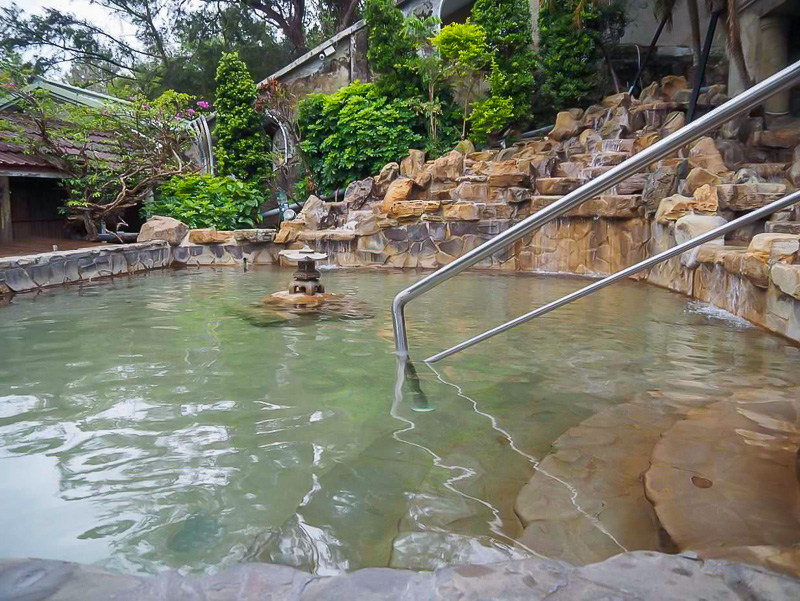
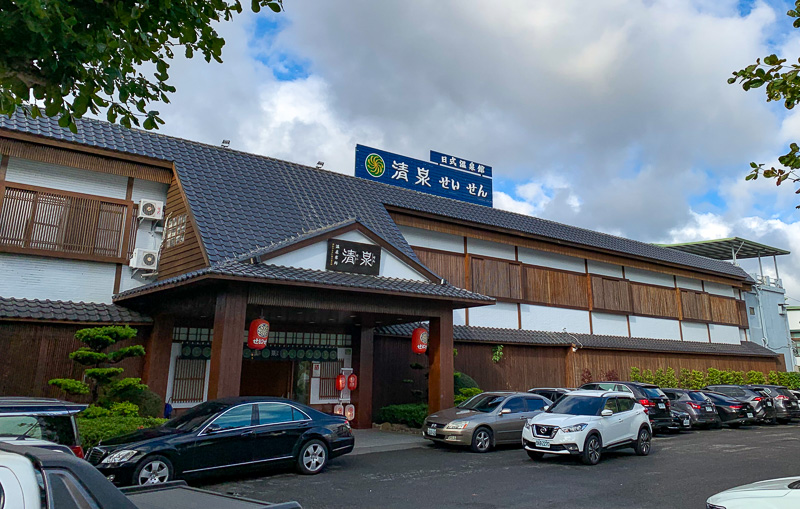
The rustic Qing Quan hotel. (right)
These hot springs became famous in 1930 when Prince Takamatsu, the younger brother of the Emperor of Japan, and his newlywed wife traveled to the Sichong River for their honeymoon. Their original baths, made for them out of hinoki cypress and marble, are still displayed at the historic Qing Quan Japanese Hot Spring Hotel. The hotel also features private bathing areas, rustic guest rooms, and an open-air spa. After bathing, consider enjoying one of Mudan’s famous red bean desserts in the Japanese courtyard.
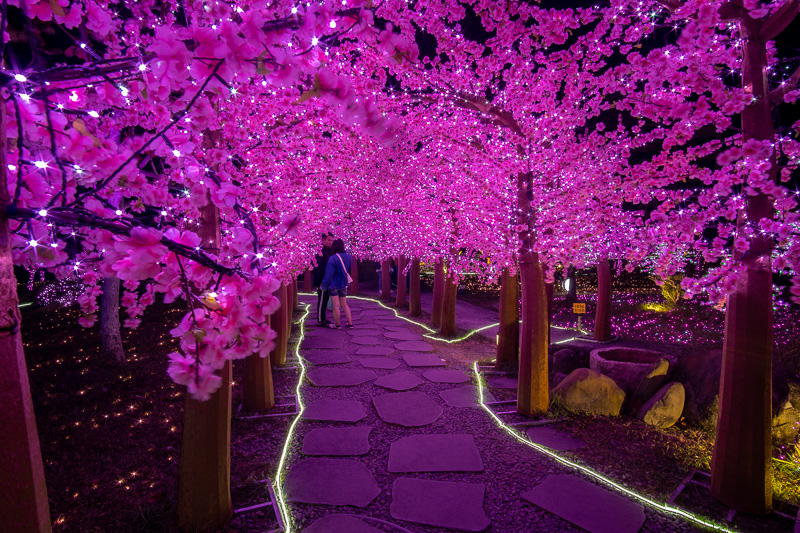
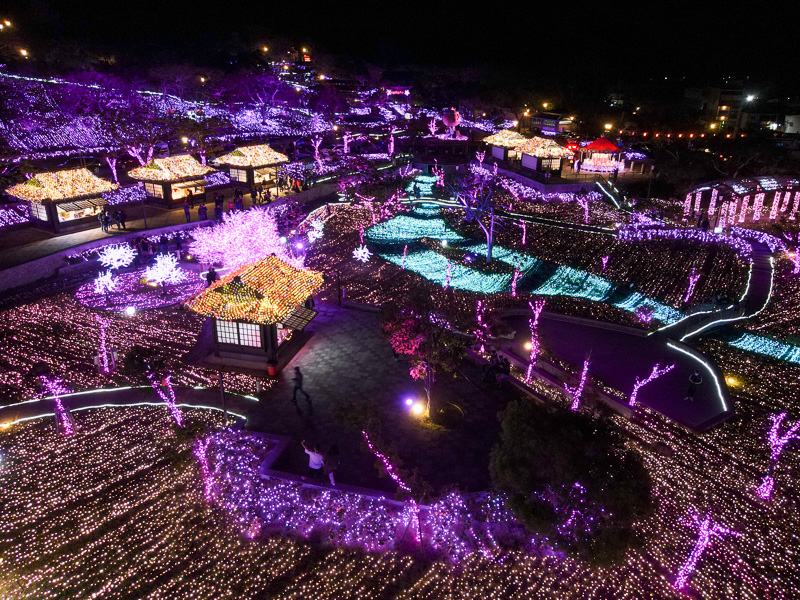
An aerial view of the lanterns. (right)
During the hot spring season between November and February, Sichong River Hot Spring Park hosts a lantern festival that is both romantic and lighthearted. Illuminated cherry blossoms and onion-inspired mascots—Checheng’s primary agricultural product is onion—create an atmosphere suited for couples and families alike. The park features a free hot spring pool where visitors can soak their feet—even 15 minutes is beneficial for sore muscles. Be sure to rinse before bathing via the provided faucet. Potential visitors should also take note the park is closed on Tuesdays for regular cleaning.
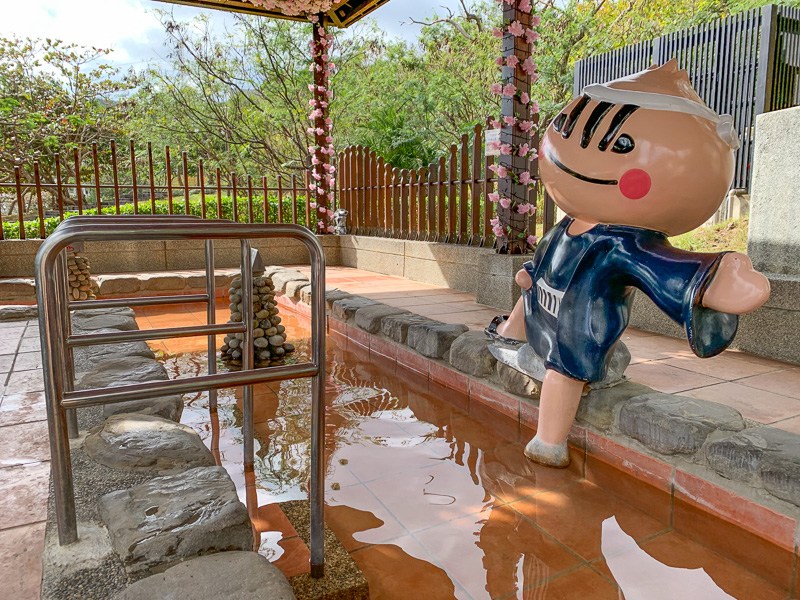
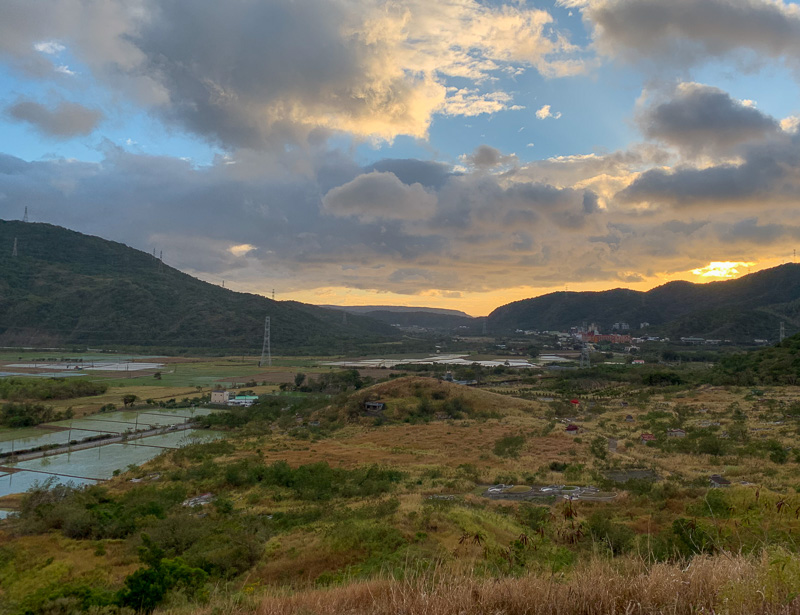
By following the road out of the hot spring area to the coast for 15 minutes, one will arrive at Taiwan’s southernmost town Hengchun. Driving in the opposite direction for 5 minutes will take one to the historic battlefield of Macacukes Gorge, notable for its role in the Mudan Incident of 1874. Today, forest and shrubs have reclaimed the land, and the area has become tranquil again. A hike to the peak allows one to survey the valley where indigenous Paiwan once valiantly defended their homes.

